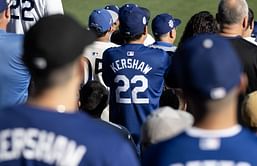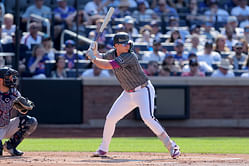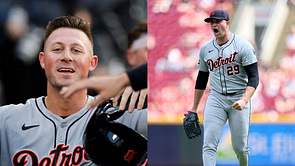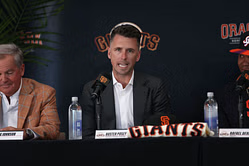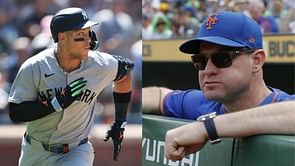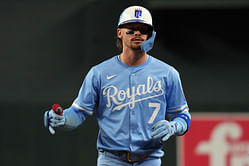
Baseball is a sport that merges skill, tactics, and tradition. The game features two teams of nine players competing to score runs by hitting a pitched ball and circling a set of bases to reach home plate. Originating in the mid-19th century, baseball has grown into an emblem of American culture and gained popularity worldwide.
The Major League Baseball (MLB) represents the highest level of professional baseball in both the United States and Canada. It comprises 30 teams organized into two leagues - the American League (AL) and the National League (NL) - with three divisions in each league. Teams within MLB engage in an extensive regular season consisting of 162 games, culminating in the postseason where leading teams vie for the league championship before contending for victory in the World Series.
45ft line in baseball
The 45-foot line in baseball, commonly referred to as the "runner's lane," is a specific route along the first baseline designed to indicate where a runner should be positioned while heading to first base. This line starts 45 feet from home plate and stretches back to the rear of the first base bag. It runs parallel to the first baseline and is situated three feet inside foul territory, away from the foul line.
The primary aim of this 45-foot line is to reduce interference and obstruction between runners and fielders. Per MLB regulations, a runner must remain within this lane when approaching first base, particularly during the final stretch (the last 45 feet).
Should a runner stray outside this lane and interfere with a fielder attempting to catch a throw at first base, they may be ruled out for interference. This regulation helps promote fair competition while decreasing potential collisions or interruptions as fielders make plays on throws directed at first base.
What is a base path in baseball?
The base path is characterized as a three-foot wide area extending on both sides of a straight line drawn between the runner and the base they are trying to reach while a fielder is attempting to make a tag. This path is not static along traditional baselines; instead, it adapts based on the runner's location and the actions of the fielder.
In Major League Baseball (MLB), this guideline falls under what is commonly referred to as the base path rule. It can be found in MLB Rule 5.09(b)(1) which dictates that runners must remain within a designated pathway when moving forward or back between bases.
A runner will be deemed out of the base path if they move more than 3 feet away from this defined line while dodging an attempt by a fielder to tag them. Should a runner stray beyond this distance to evade being tagged, an umpire can declare them out for breaching the base path regulation. This rule comes into effect only during active tagging attempts made by fielders.
FAQs on Baseball
A. A 4-6-3 double play occurs when the ball is hit to the second baseman (4), who throws it to the shortstop (6) at second base to get one out, and the shortstop then throws to the first baseman (3) to get the second out.
A. "4 wide ones" refers to four pitches thrown outside the strike zone, resulting in a walk for the batter.
A. A balk is an illegal action by the pitcher that allows all base runners to advance one base. It typically happens when the pitcher makes a deceptive move without properly delivering the pitch.
A. A full count is when a batter has three balls and two strikes. The next pitch will either result in a walk (if it’s a ball) or a strikeout (if it’s a strike).
A. The DH rule allows a player to bat in place of the pitcher without the pitcher having to play a defensive position. This rule is primarily used in the American League.

